Cats have long been surrounded by a mysterious aura, often seen as aloof and indifferent creatures. However, beneath those enigmatic eyes lies a deep understanding of human emotions that can surprise even the most seasoned cat owner. This article delves into the fascinating ways your feline friend picks up on your feelings and responds to them.
The Emotional Connection Between Cats and Humans
Cats have been companions to humans for thousands of years, and over this time, they’ve developed an uncanny ability to sense and react to our emotions. This connection is not just a figment of our imagination. Studies suggest that cats can pick up on human emotions through subtle cues such as tone of voice, body language, and even facial expressions. Just like a sponge absorbs water, cats soak up the emotional atmosphere around them, affecting their behavior and mood.
Understanding Cat Empathy
Empathy in cats may seem like an odd concept, but it’s more prevalent than one might think. When you’re feeling down, your cat might come and sit beside you, purring softly as if trying to comfort you. This behavior is not coincidental. Cats, like humans, have mirror neurons that help them sense and mimic the emotions of others. It’s akin to how humans often smile when they see someone else smiling; cats, too, are wired to react to the emotional states of their human companions.
How Cats Interpret Human Voices
Your voice is a powerful tool for communicating emotions, and cats are adept at interpreting its nuances. Cats can distinguish between different tones of voice, knowing when you’re happy, angry, or sad. For instance, a gentle, soothing voice may prompt your cat to approach you, whereas a harsh tone might cause them to retreat. It’s similar to how a child reacts to a parent’s voice, understanding the underlying emotion without grasping the words themselves.
Body Language: A Silent Communicator
Cats are keen observers of human body language. They notice when you’re tense or relaxed, and they adjust their behavior accordingly. If you’re pacing back and forth, your cat might become restless, sensing your unease. On the other hand, if you’re lounging on the couch, they may curl up beside you. Just as a dancer reads their partner’s movements to stay in sync, your cat reads yours to maintain harmony in the household.
The Role of Pheromones
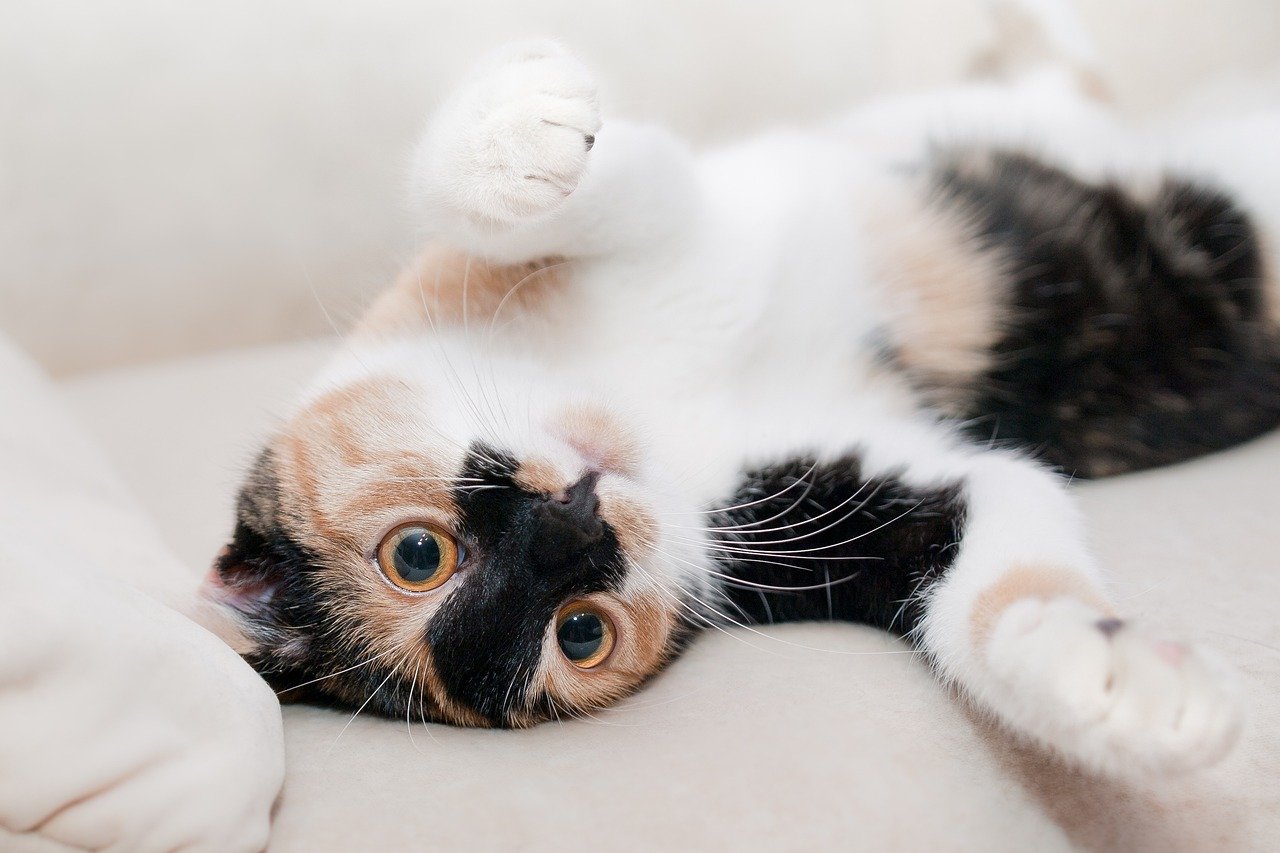
Pheromones play a significant role in how cats perceive the world. These chemical signals can convey a wealth of information, including emotional states. When you pet your cat, you’re not just providing physical affection; you’re also exchanging pheromones. In return, your cat may rub against you, marking you with their scent and establishing a comforting bond. It’s a fragrant exchange of trust and understanding.
Facial Expressions: More Than Meets the Eye
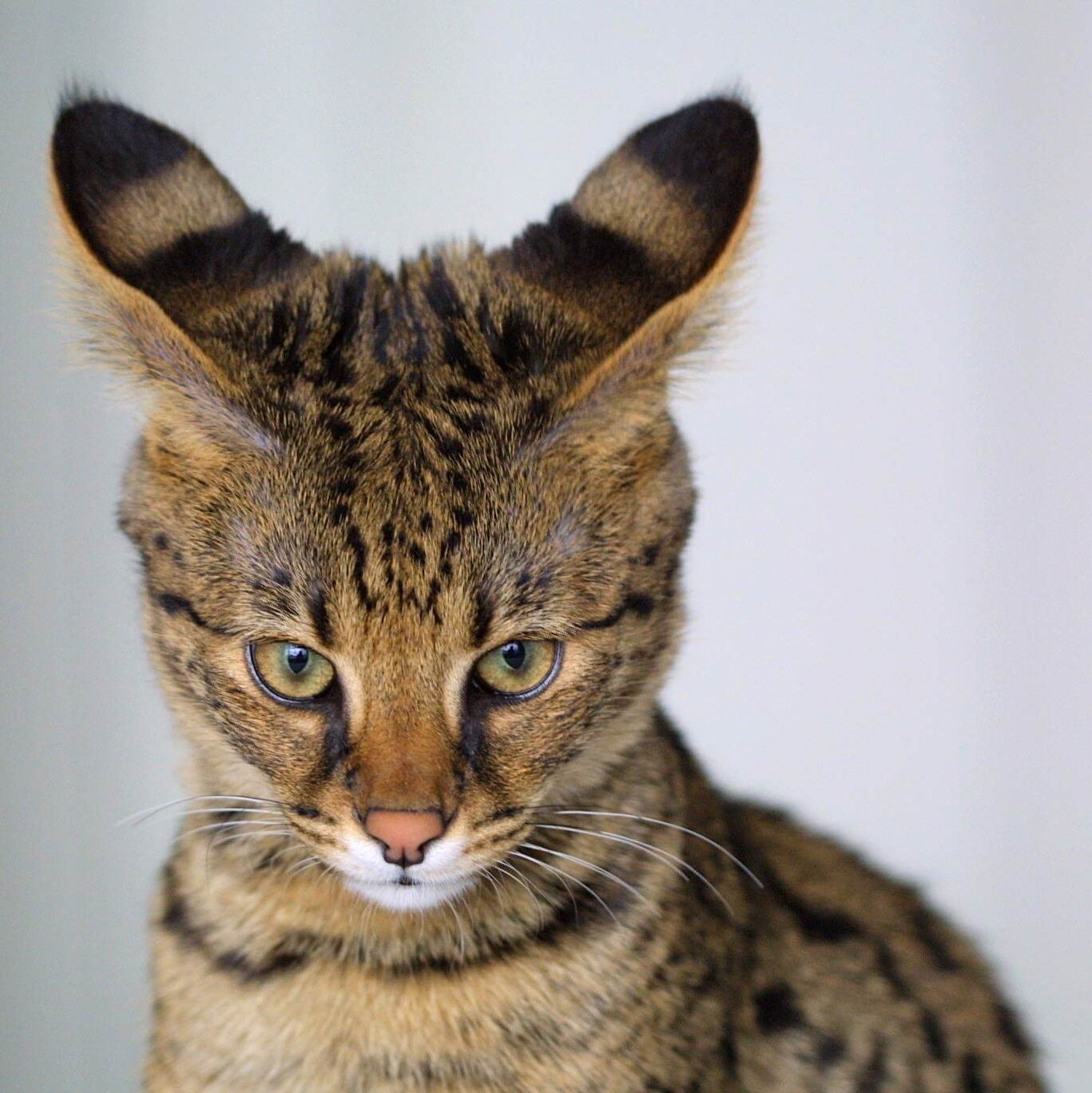
Though cats don’t have the same range of facial expressions as humans, they are still capable of reading ours. A frown or a smile can signal different emotions that your cat will pick up on. When you’re smiling, your cat might purr and nuzzle against you, sensing your happiness. This ability to read facial expressions is reminiscent of how we humans interpret each other’s moods, providing an unspoken level of communication.
How Cats React to Stress
When you’re stressed, your cat can often sense it, and their behavior might change as a result. They might become more clingy, seeking reassurance, or they might withdraw, giving you space. Cats are like emotional barometers, detecting shifts in the household atmosphere and adjusting their behavior to maintain balance. This sensitivity to stress is why some cats become anxious in chaotic environments, mirroring the tension around them.
The Comforting Power of Purring
A cat’s purr is one of the most soothing sounds in the world, and it’s no coincidence that it often occurs when you’re feeling down. Cats purr not only to express contentment but also to offer comfort. The rhythmic vibrations of a purr can have a calming effect, much like a gentle lullaby. This instinctive response is a testament to the deep connection cats share with their humans, providing solace in times of need.
Why Your Cat Greets You at the Door
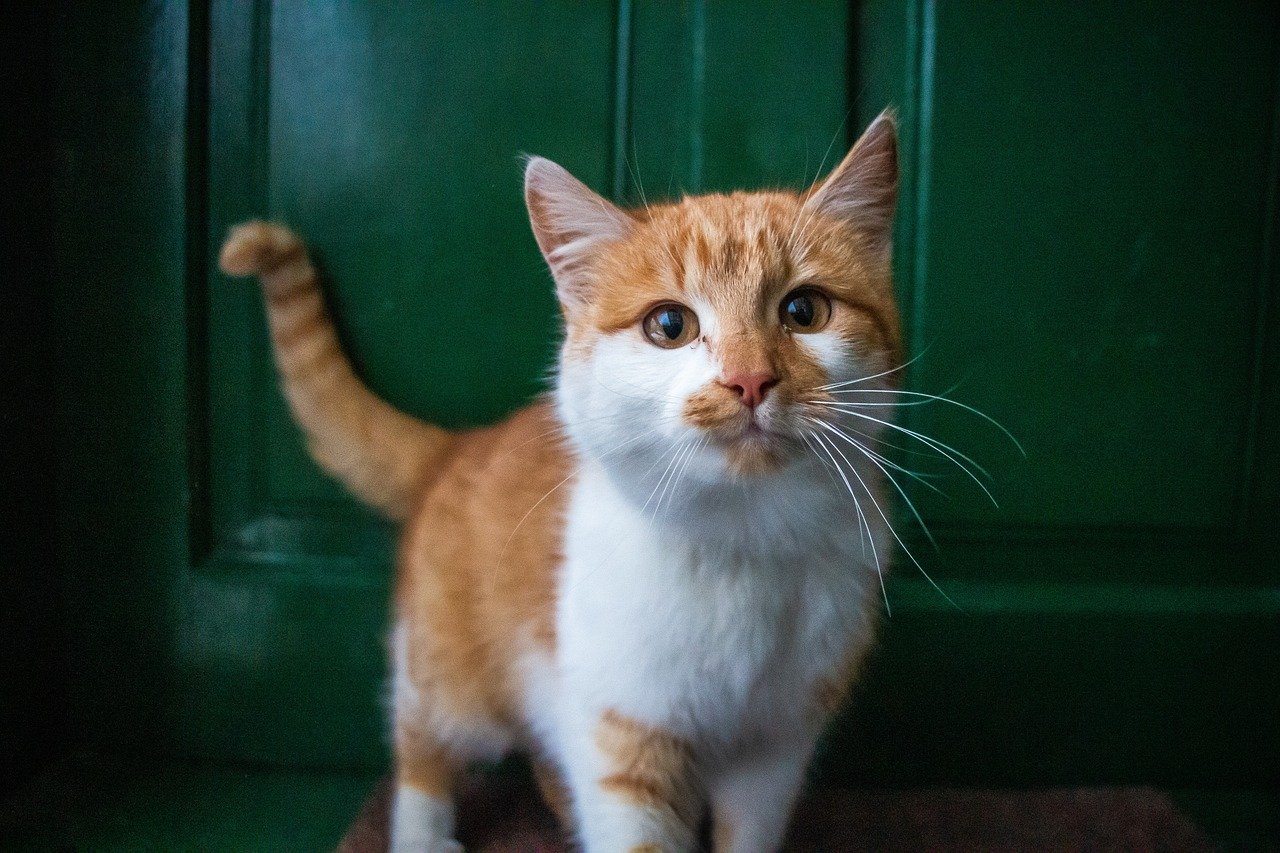
Ever wondered why your cat is often waiting by the door when you come home? It’s not just because they’re hungry; it’s their way of expressing joy at your return. Cats have an incredible sense of routine, and they associate your presence with safety and comfort. This behavior is akin to a loved one eagerly awaiting your arrival, showing that your presence brings them happiness and security.
The Influence of Routine on Emotional Perception
Cats are creatures of habit, and they thrive on routine. A consistent schedule provides them with a sense of security, allowing them to better understand and react to your emotions. When you deviate from the norm, such as coming home late or skipping playtime, your cat may become anxious or confused. This sensitivity to routine highlights the importance of stability in a cat’s emotional perception, much like how humans find comfort in predictability.
How Cats Respond to Sadness

When you’re feeling sad, your cat might become more attentive, offering comfort in their unique way. They may curl up beside you, purring softly, or gently nudge you with their head. This response is similar to how a friend might offer a shoulder to cry on, providing support and companionship during difficult times. Cats have an innate ability to sense sadness and respond with empathy, reminding us that we’re never truly alone.
The Role of Play in Emotional Bonding
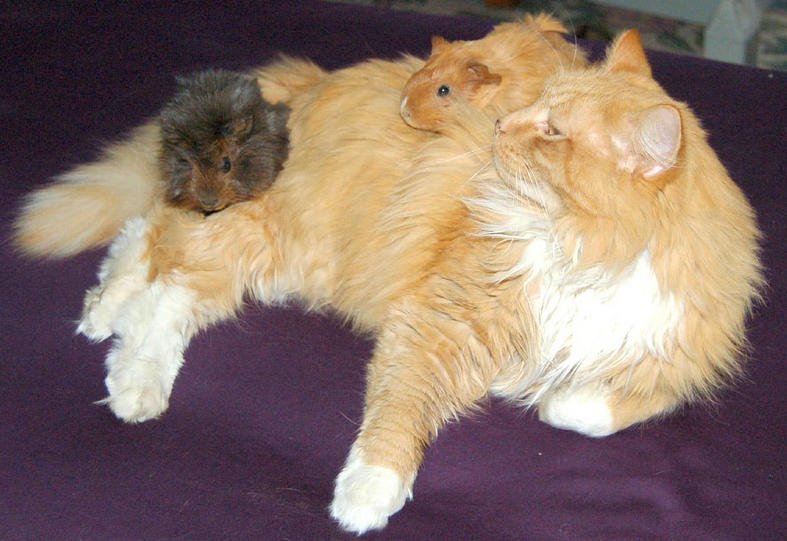
Playtime is not just a fun activity for your cat; it’s also an opportunity for emotional bonding. Engaging in interactive play strengthens the connection between you and your feline friend, allowing them to better understand your emotional cues. This playful interaction is akin to a dance, where both partners learn to anticipate each other’s moves, fostering a deeper understanding and appreciation for one another.
How Cats React to Anger
When you’re angry, your cat may pick up on your heightened emotions and respond with caution. They might become more reserved, avoiding confrontation, or they might approach you with curiosity, trying to understand the source of your distress. This reaction is similar to how humans navigate tense situations, carefully assessing the emotional landscape before making a move.
The Impact of Loneliness on Cats
Just as humans experience loneliness, cats can also feel isolated when left alone for extended periods. This emotional state can affect their behavior, making them more clingy or withdrawn when you return. Understanding this aspect of feline emotions can help you provide a more nurturing environment, ensuring that your cat feels loved and secure, even in your absence.
The Healing Power of Cat Companionship
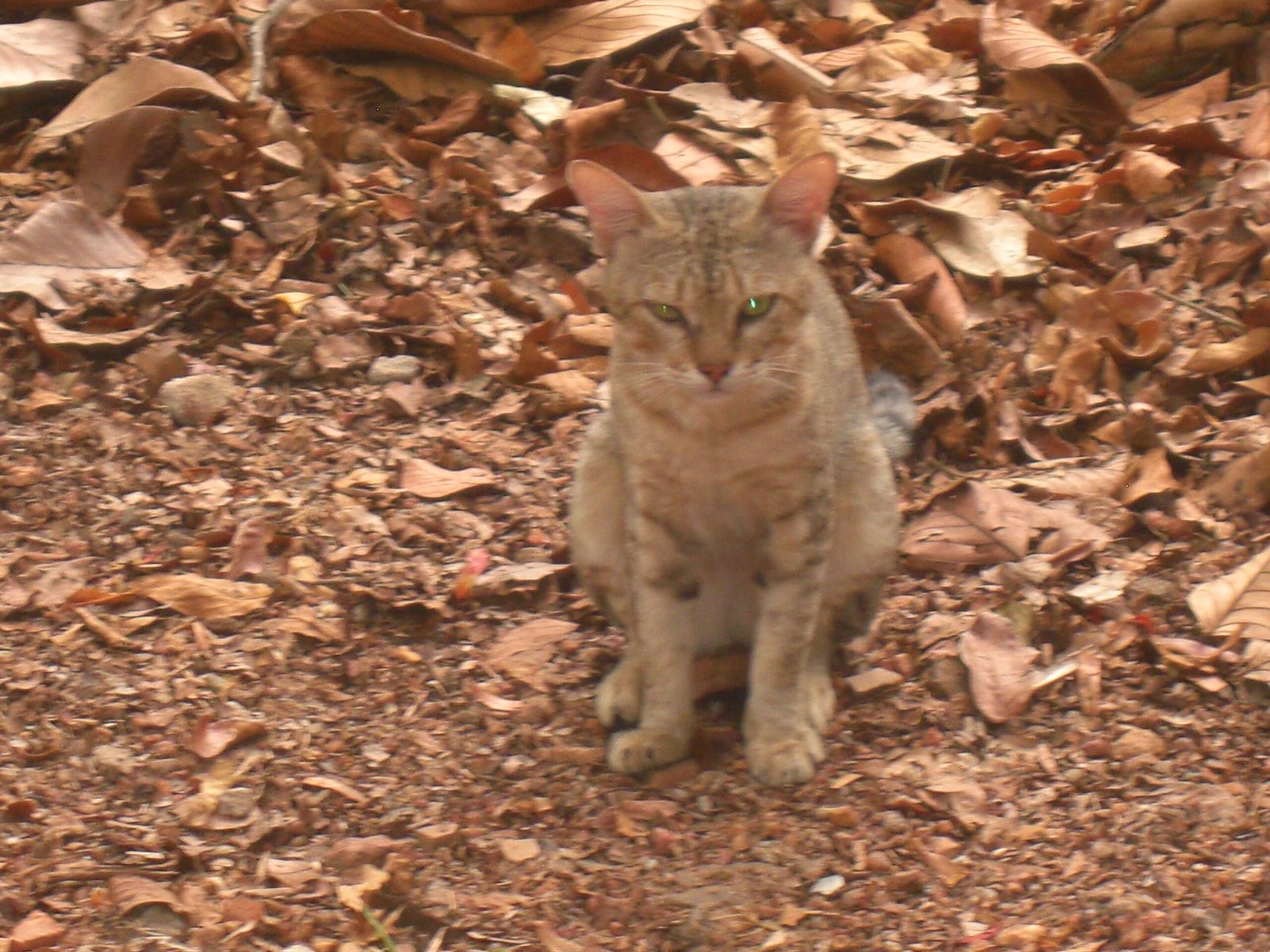
The companionship of a cat can have a profound impact on your emotional well-being. Their presence offers comfort and stability, providing a sense of calm in a chaotic world. This bond is akin to a warm hug, enveloping you in a cocoon of love and understanding. Cats have an innate ability to heal emotional wounds, reminding us of the simple joys in life.
How Cats Detect Illness
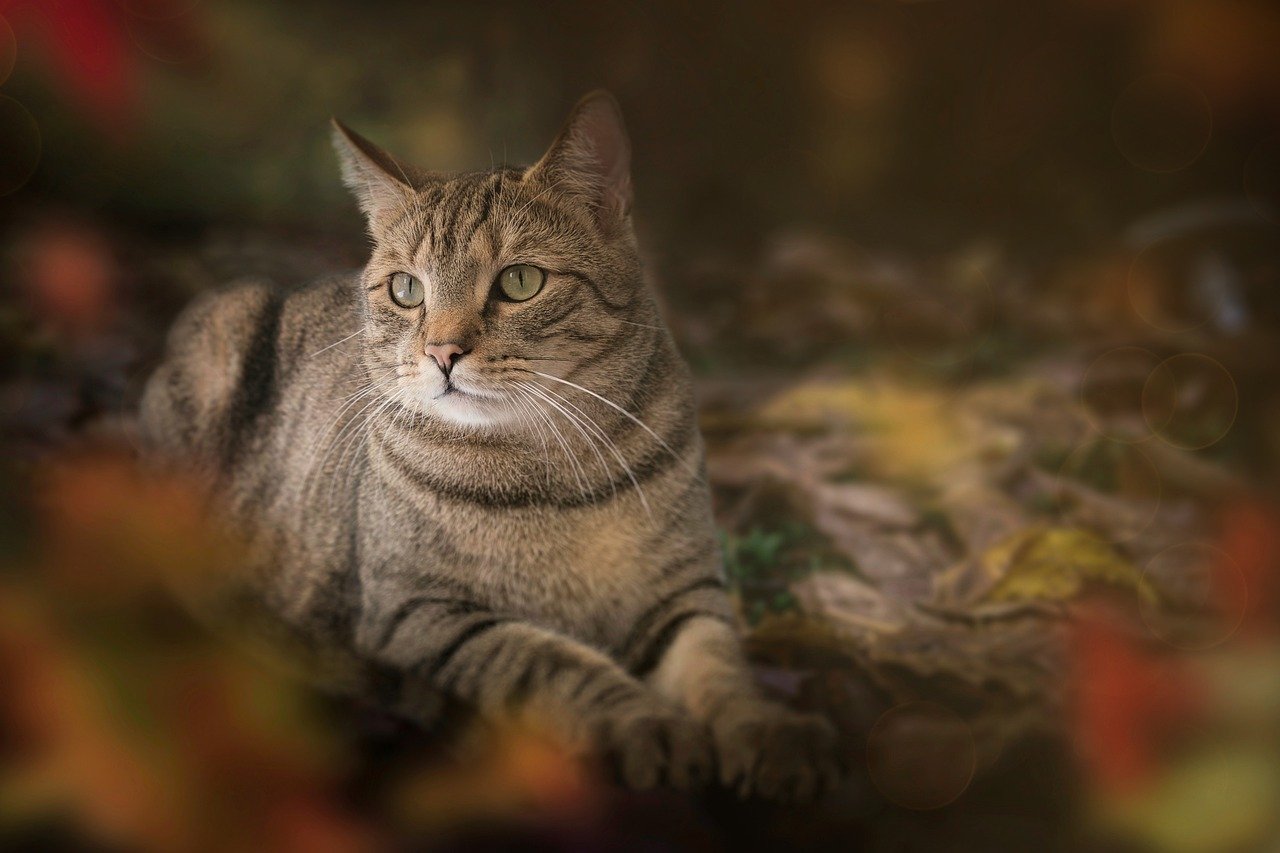
Cats are incredibly perceptive creatures, and they can often detect when you’re unwell. They might become more attentive, staying close by as if offering their support. This behavior is similar to how a caregiver might tend to a sick loved one, providing comfort and reassurance during difficult times. Cats have an uncanny ability to sense changes in their environment, including the health of their human companions.
The Role of Trust in Emotional Communication
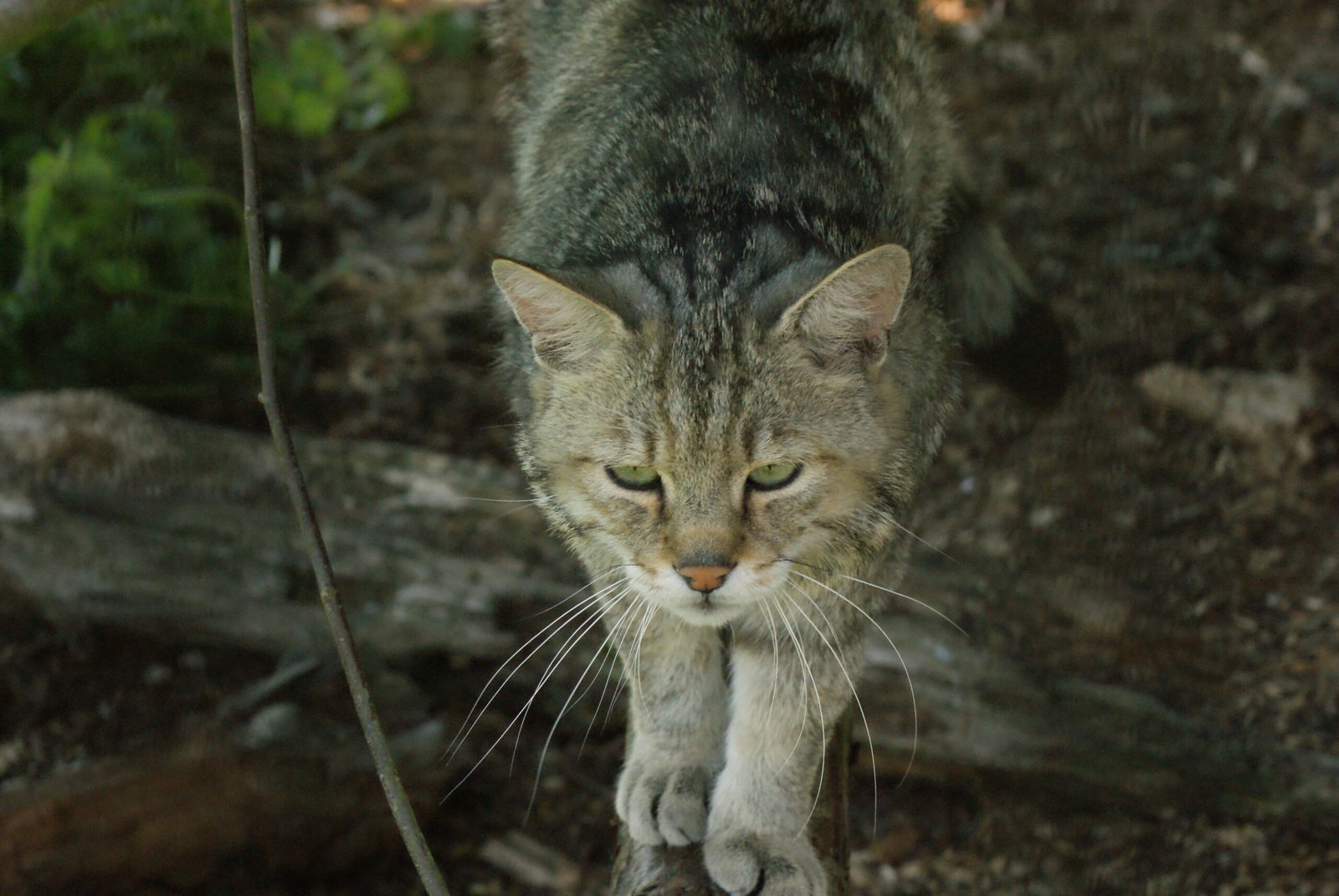
Trust is the foundation of any strong relationship, and this is especially true for the bond between you and your cat. When your cat trusts you, they’re more likely to respond positively to your emotions, offering comfort and companionship. This trust is built over time, much like a bridge, connecting two individuals in a shared understanding and appreciation for one another.
How Cats React to New Family Members
Introducing a new family member, whether human or animal, can be a significant change for your cat. They might react with curiosity, caution, or even jealousy as they navigate the new dynamics. This adjustment period is similar to how humans adapt to changes in their social circle, requiring time and patience to establish a new equilibrium.
The Influence of Environment on Emotional Perception
The environment in which your cat lives can significantly impact their emotional perception. A calm, stable environment allows them to feel secure and better understand your emotions. Conversely, a chaotic or stressful environment can lead to anxiety and confusion, making it challenging for them to respond appropriately. This sensitivity to their surroundings is akin to how humans are affected by their environment, highlighting the importance of a nurturing space for emotional well-being.
Conclusion
In understanding how your cat reacts to your emotions, you gain insight into the profound bond that exists between humans and their feline companions. Cats are not just pets; they are empathetic creatures capable of sensing and responding to our emotions in ways that often go unnoticed. This deep connection enriches our lives, providing comfort, companionship, and a unique form of emotional support that only a cat can offer.
Hi, I’m Bola, a passionate writer and creative strategist with a knack for crafting compelling content that educates, inspires, and connects. Over the years, I’ve honed my skills across various writing fields, including content creation, copywriting, online course development, and video scriptwriting.
When I’m not at my desk, you’ll find me exploring new ideas, reading books, or brainstorming creative ways to solve challenges. I believe that words have the power to transform, and I’m here to help you leverage that power for success.
Thanks for stopping by, Keep coming to this website to checkout new articles form me. You’d always love it!






